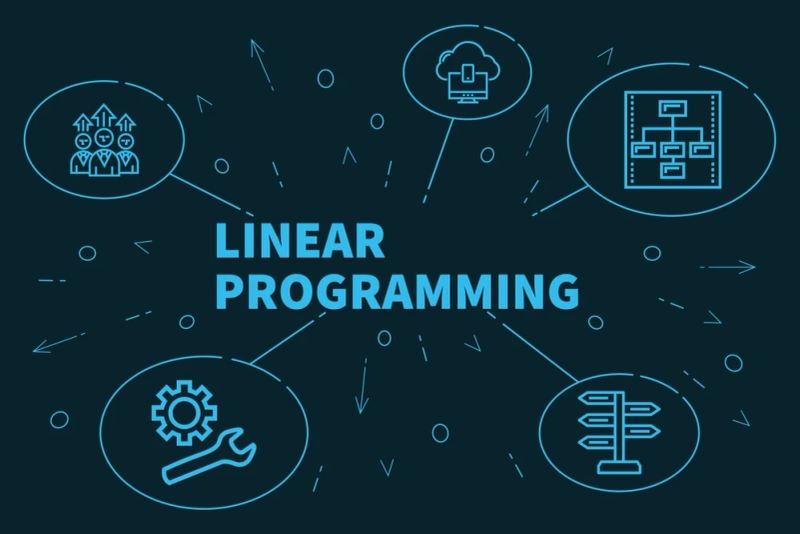Linear programming is a powerful tool for optimizing complex systems. It can be used to solve a wide range of problems, from scheduling tasks to minimizing costs in manufacturing. By modeling problems as linear equations, finding the best solution for a given set of constraints is possible. In this article, we will explore the basics of linear programming and how it can be used to unlock the power of optimization.
What is Linear Programming?
Linear programming is a mathematical technique used to optimize a linear objective function subject to a set of linear constraints. The goal is to find the values of the decision variables that maximize or minimize the objective function while satisfying the constraints. The decision variables are the unknown quantities that need to be determined, and the constraints are the conditions that must be satisfied.
Linear programming is commonly used in business and economics to solve problems involving the allocation of resources. It is also used in engineering and science to optimize processes and systems. Some examples of linear programming problems include:
Scheduling tasks to minimize completion timeMaximizing profits in a manufacturing processMinimizing costs in a transportation systemOptimizing the production of a chemical productHow Does Linear Programming Work?
Linear programming works by modeling a problem as a set of linear equations. The variables in these equations represent the decision variables, and the coefficients represent the parameters of the problem. The objective function is a linear combination of the decision variables, and the constraints are linear inequalities that limit the values of the variables.
Once the problem is formulated as a set of linear equations, it can be solved using a variety of algorithms. The simplex method is the most common algorithm to solve linear programming problems. This method involves iteratively improving a feasible solution until an optimal solution is found.
Benefits of Linear Programming
Linear programming has several benefits that make it a powerful tool for optimization:
Flexibility: Linear programming can be used to model a wide range of problems, making it a versatile technique.Efficiency: The simplex method used to solve linear programming problems is highly efficient and can handle problems with thousands of variables and constraints.Precision: Linear programming provides a precise solution to optimization problems, making it ideal for applications where accuracy is important.Cost-effectiveness: Linear programming can help reduce costs by optimizing processes and systems, leading to increased efficiency and productivity.Applications of Linear Programming
Linear programming has many applications in various industries. Some examples include:
Logistics: Linear programming can be used to optimize transportation systems by minimizing costs and maximizing efficiency.Finance: Linear programming can help portfolio managers optimize their investment portfolios by maximizing returns and minimizing risk.Manufacturing: Linear programming can be used to optimize manufacturing processes by maximizing output and minimizing costs.Agriculture: Linear programming can help farmers optimize their production by maximizing yields and minimizing costs.Conclusion
Linear programming is a powerful tool for optimizing complex systems. By modeling problems as linear equations, finding the best solution for a given set of constraints is possible. The simplex method used to solve linear programming problems is highly efficient and can handle problems with thousands of variables and constraints.
Linear programming has many applications in various industries, including logistics, finance, manufacturing, and agriculture. By unlocking the power of linear programming, businesses and organizations can improve efficiency, increase productivity, and reduce costs.


